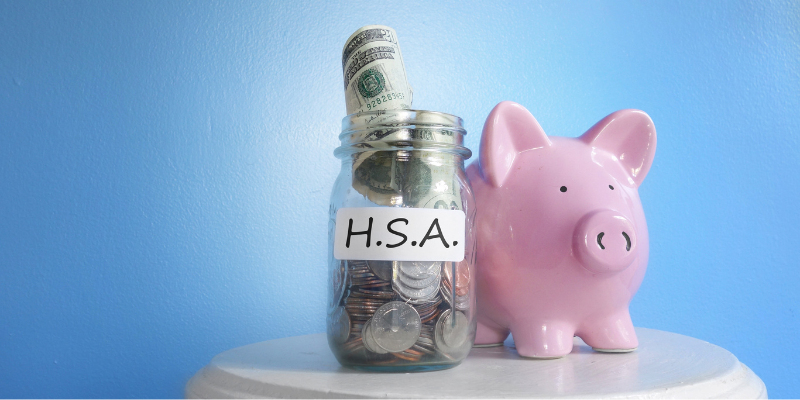
Let’s look at how Health Savings Accounts (HSA) strike a healthy balance between saving for today and the future.
While HSAs are designed to help you save for present medical expenses, they can also serve as a powerful tool that allows you to save for the future. Here are just a few of the reasons why:
- Because funds contributed into HSAs are tax-free, there is an incentive for you to contribute generously up to the annual contribution limit set by the IRS.
- You can take your HSA with you if you leave your current employer without losing any of the money that you’ve saved and invested.
- You can contribute after-tax earnings at any time (up to the contribution limit). This makes it a great way to save and invest any bonuses or windfalls that you receive.
- An HSA account may receive contributions from any person, including an employer or a family member or even a complete stranger, on behalf of an eligible individual.
- You don’t have to spend it on yourself; funds in an HSA can be used by qualified dependents such as a spouse or children.
- Funds contributed to an HSA are tied to a participant-directed investment account. You’ll have the potential to earn a rate of return much like a 401(k).
- Funds withdrawn from an HSA remain tax free as long as they’re used for eligible medical expenses.
This makes an HSA an account that you can manage, contribute to, and maintain your entire life.
How Much Can You Save?
HSA contribution amounts are updated annually and typically announced in the spring. For 2024, self-only coverage means you can contribute up to $4,150 to your HSA; the limit for family coverage is $8,300. Once you reach age 55, you can make catch-up contributions of $1,000 annually. This allows a family coverage to max out at $9,300 in 2024 and single coverage to max out at $5,150.
Let’s say you’re 45. You want to contribute $4,000 a year for the next 20 years toward your HSA and you’re not planning to use any of those contributions for current medical expenses. Assuming a 5 percent rate of return, that’s over $135,000 at age 65 that you can spend tax-free on future medical expenses. If you increase your HSA contribution by 3% each year, you’d have close to $174,000! If you were to spend the money on non-medical expenses after age 65, you would only be subject to income tax on the money spent. There are no penalties applied to non-medical withdrawals over age 65.
This makes an HSA an ideal way to pay for medical expenses in retirement. You can continue contributing after age 65 as long as you are not enrolled in Medicare. If you are enrolled in Medicare, you can continue to withdraw funds for approved medical expenses tax-free.
Want to start saving with an HSA?
If you want open an HSA, you must be enrolled in a qualified high deductible health plan. If you have an HSA, remember any unused contributions at the end of the year will carryover to the next year. Check to see if your employer makes a contribution to your HSA. You can invest those funds too. Not sure how much to contribute? Our HSA Calculators can help. Visit BPAS University to learn more.

